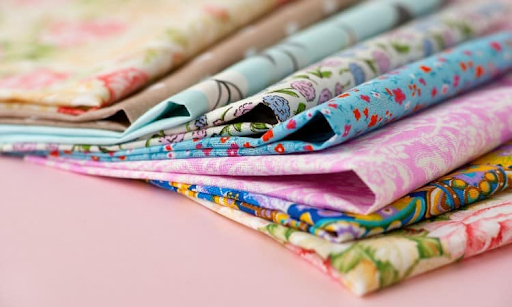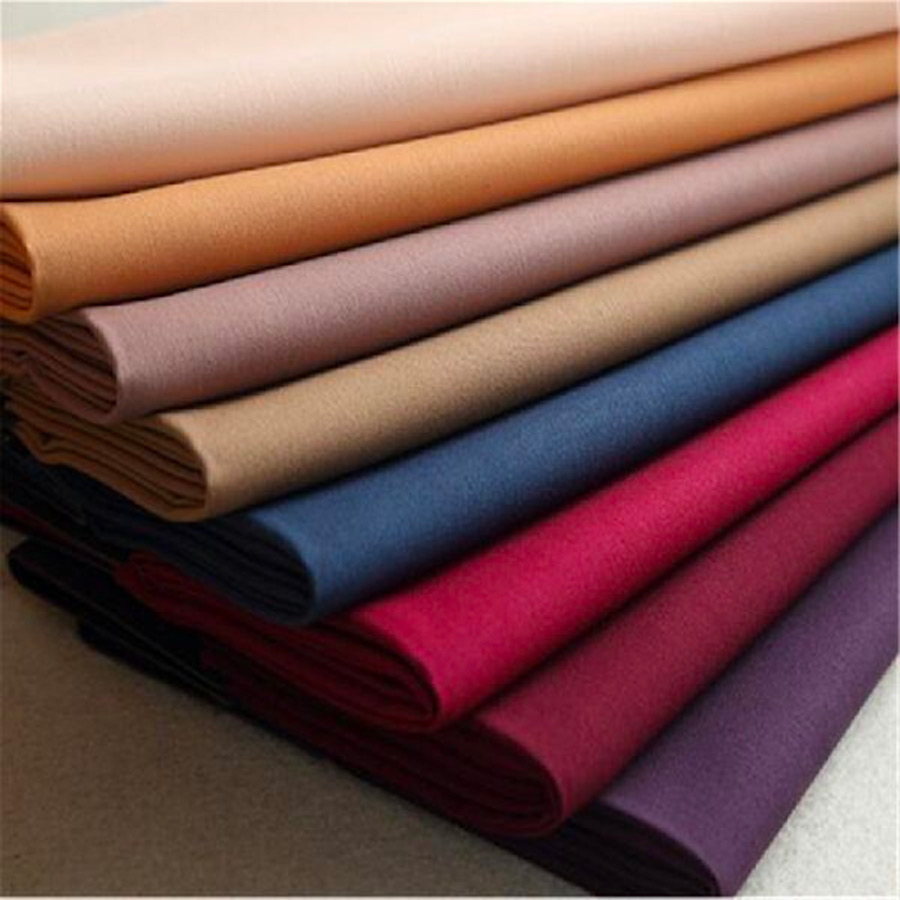We all want to do our part in saving the planet, and shopping consciously is one way to do so. As consumers, we often struggle with the abundance of information available about fabrics and other materials when it comes to making an eco-conscious purchase. One such fabric is viscose, a manufactured fiber that has become increasingly popular in recent years. But is viscose really environmentally friendly?
In this article, we will dive deeper into the world of viscose and explore whether or not this fabric can actually be considered environmentally friendly. Read on to learn more about this fabric and how you can make an informed decision when shopping for sustainable fabrics.
What Is Viscose Fabric?
Viscose fabric is made from cellulose, which is a natural fiber derived from wood pulp. The wood pulp is soaked in a chemical solution and then forced through tiny holes to form long, thin fibers. These fibers are then spun into yarn, which is used to weave or knit fabric.
Viscose fabric has a soft, silky feel and is often used for dresses, blouses, and linings. It’s also used to make viscose rayon, a type of synthetic silk. Viscose fabric is breathable and absorbent, making it a good choice for summer clothing. However, it’s not as durable as other fabrics and tends to pill and fade over time.
The production of viscose fabric can also be damaging to the environment, as it requires large amounts of energy and chemicals.
How Is Viscose Made?
Viscose is made from wood pulp, which is a natural and renewable resource. The wood pulp is treated with chemicals to create a viscous solution. This solution is then extruded through small holes to create long, thin strands of fiber. These fibers are then spun into yarn and used to make fabrics.
The vast majority of viscose production takes place in Asia, where there is an abundance of cheap labor and natural resources. Viscose production is energy intensive and releases harmful pollutants into the environment. In addition, the use of toxic chemicals in the production process can pose serious health risks to workers and local communities.
Despite these concerns, viscose is still considered to be a more environmentally friendly fabric than many other options. This is because it is made from renewable wood pulp and requires less water and energy to produce than synthetic fabrics like polyester.
Viscose fabrics are considered as more beneficial among bedsheets. But if after viscose, you need to look for a second best comfortable material, look for nothing but only cotton & rayon fabric bedsheets.
The Environmental Impact Of Viscose
Viscose is a plant-based fabric that is often billed as being environmentally friendly. However, the manufacturing process for viscose is actually quite harmful to the environment.
Viscose production involves stripping trees of their bark and turning them into wood pulp. The wood pulp is then treated with chemicals and turned into a viscous liquid, which is then spun into fibers.
This process uses a great deal of water and energy, and produces a number of toxic byproducts. These byproducts can pollute air and water supplies, and cause health problems for those who are exposed to them. In addition, the clearing of land for viscose production can lead to habitat loss and deforestation.
Overall, viscose production has a significant environmental impact that should be considered when choosing fabrics. There are more sustainable fabric options available that do not come with such high environmental costs.
Viscose Vs. Rayon Vs Cotton Fabrics
Viscose, rayon, and cotton are all fabrics made from natural fibers. Viscose is made from wood pulp, rayon is made from cellulose, and cotton is made from the cotton plant. All three fabrics are breathable and absorbent. They are also all eco-friendly fabrics.
Viscose is the most environmentally-friendly of the three fabrics. There are many benefits to using viscose. It is biodegradable and does not require any chemicals to produce. Rayon is also biodegradable, but it requires chemicals to produce. Cotton is not biodegradable, but it does not require any chemicals to produce.
Cotton is the most durable of the three fabrics. Viscose and rayon are both delicate fabrics that can tear easily. Cotton will last longer than either viscose or rayon. Viscose has a soft and silky feel. Rayon has a softer, more drape-able feel than cotton. Cotton is the crispest of the three fabrics, with a slight stiffness that adds structure to garments.
Overall, each fabric has its own unique properties and is suitable for different types of clothing and accessories. When deciding between viscose, rayon, and cotton, it’s important to consider how you want the fabric to look and feel as well as how durable you need it to be.
All three fabrics are comfortable to wear. Viscose is the softest of the three fabrics, while cotton is the stiffest. Rayon falls in between the two in terms of stiffness. When it comes to price, cotton is the most expensive of the three fabrics.
Conclusion
In conclusion, although viscose is considered to be an environment-friendly fabric, it’s important to remember that not all brands use sustainably sourced materials. We encourage you to research the labels closely when choosing your fabrics and make sure they have been produced in an ethical and sustainable way.
With this knowledge, you can rest assured that any viscose garments you purchase will have a minimal impact on the environment!







